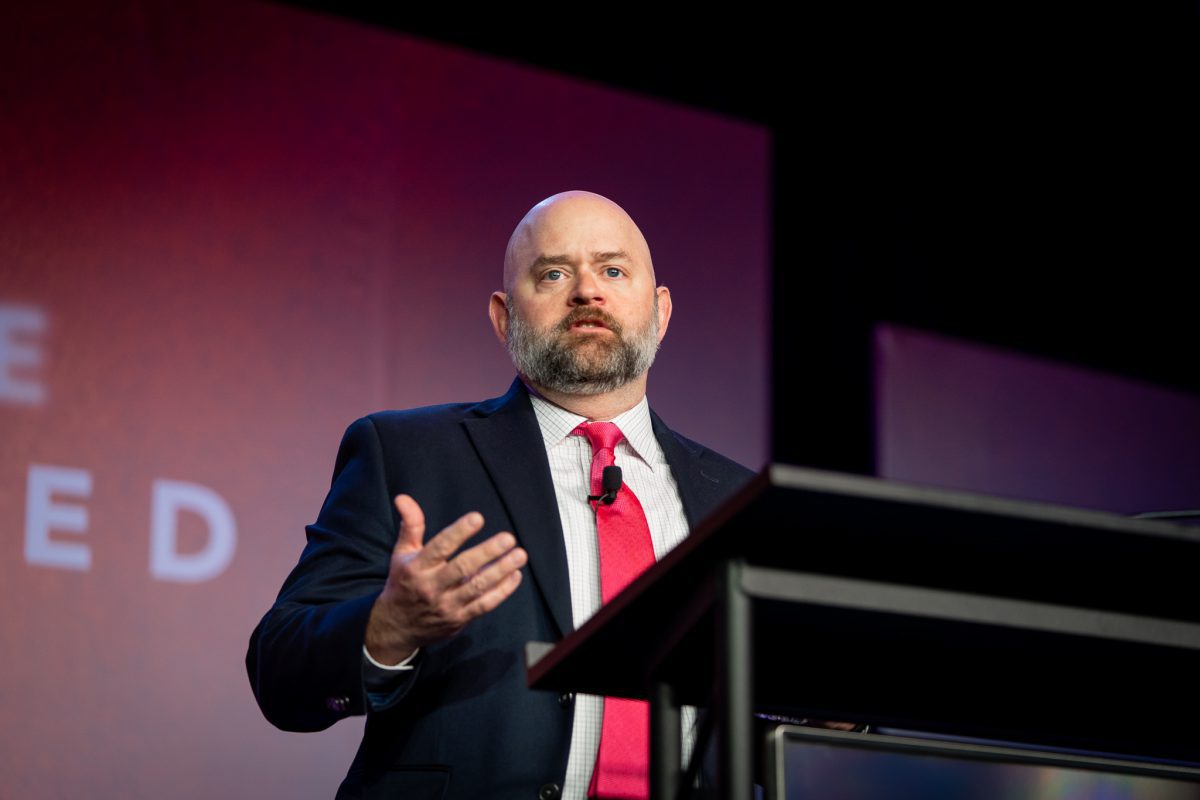


Chuck Colson often observed that politics is downstream from the larger culture. In other words, the way culture thinks eventually leads to the political outcomes that we see and trouble us today. So many of the recent policy decisions of the Biden administration reflect that in real time. Recently at Wilberforce Weekend, my friend Professor Carter Snead gave special insight into how culture is impacting law. Specifically when it comes to the laws that govern reproductive behavior in American culture. He gave a number of strong examples. Below is an edited transcript of a portion of his talk:
One of my favorite novelists, Walker Percy, said that everyone has an anthropology; there is no not having one. If a man says he does not, all he’s saying is that his anthropology is implicit. It’s a set of assumptions he has not thought to call into question. Everyone has an operating definition of what a person is, and what constitutes human flourishing. And that’s true of the law as well. Why is that? Because law at bottom is about, and for, the protection and flourishing of persons. And therefore, because it’s about protecting and promoting the flourishing of persons, it has to rest on a usually undeclared vision of what and who a person is and what people need.
The richest way to understand, critique, or support the law is to drill down and ask: Is it the case that the law gets the question of who we are and what our flourishing is correct or not? And if it doesn’t, then the law is built on a false understanding of human nature. And the law is not true, just, good, or humane.
The case of assisted reproduction is something that I grapple with in my book (What It Means to Be Human: The Case for the Body in Public Bioethics ). The first question is: What vision of the flourishing of the human person anchors American law and policy relating to assisted reproduction? The answer is that the primary feature of the law of assisted reproductive technology (ART) in the United States is the absence of law.
ART is regulated as the practice of medicine, which moves through a path of licensure and certification to the front-end. But pretty much anything goes. There’s basically no limit in law in the United States about how you can try to make a baby.
What is the theoretical underpinning of this landscape?
The architect of the American legal landscape of assisted reproduction was a University of Texas law professor named John Robertson. He was the chairman of the Ethics Committee of the American Society for Reproductive Medicine. He defined his view in his 1994 book, Children of Choice, stating that the choice to pursue or avoid procreation is essential to self definition, pursuit of desires, and self expression. This became the ethical core of the legal landscape for its assisted reproductive technologies.
And, if you look at the anthropological meaning of this landscape, you see that persons are conceived of as individuals pursuing an identity-defining plan. The goods at stake are: privacy, choice, rational mastery and bargain for exchange. What’s missing is embodiment (especially involving procreation), vulnerability, dependence, finitude, relationships among the generations, reciprocal indebtedness, unchosen obligations to vulnerable others, tolerance of disability or imperfection, openness to the unbidden, and the very terms “children, parents and family.”
These are understood through the lens of will; a project to be freely chosen, constructed or rejected for our own purposes, sometimes with the aid of technology. And the child in this picture — to the extent that the child in the picture at all — is the object of the parents’ will. The child is a product or a vessel to be accepted or rejected.
I am not speaking of the ideas, feelings, or desires of people seeking fertility care. That’s not what I’m talking about. I’m talking about what the law assumes people to be and to need. The paradigm of parenthood — as we who are parents, and those of us who desire more than anything in the world to be parents understand it — is that a child is a gift.
So, how do we embrace forms of procreation that embrace a child as a gift? That is how we should measure the law, policies, and practices of assisted reproduction or any form of science, medicine, or biotechnology that touch and concern human beings. Because as human beings, we are made for love and friendship.
To hear Professor Snead’s full talk, and all talks from the recent Wilberforce Weekend (all concerning the topic of the image of God), as well as special bonus content that’s only available online, register for Wilberforce Weekend Online for only $49 at wilberforceweekend.org.
Topics
Christian Worldview
Colson_Links
Culture/Institutions
Law
Politics & Government
Religion & Society
Resources:
Colson Center | 2021
What It Means to Be Human: The Case for the Body in Public Bioethics
Prof. O. Carter Snead | 2020
Have a Follow-up Question?
Related Content

© Copyright 2020, All Rights Reserved.














